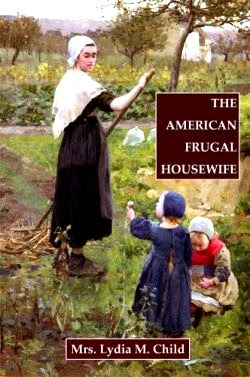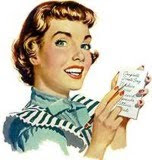Sue and I grew eating honey. I don’t really remember that either our Mom or Grandma used it to cook with, but it was used with French Toast, Regular toast and my favorite on warm fresh baked Bread.
Grandma had a Bee Farmer that we would go to and she bought her honey there. Always at least one honeycomb which we as kids didn’t get very often, that treat was saved for the grownups.
The story of honey is older than history itself. An 8,000-year-old cave painting in Spain depicts honey harvesting, and we know it's been used for food, medicine and more by cultures all over the world since.
But honey isn't about humans. It's the natural product made from bees—one of our planet's most important animals. Honey bees visit millions of blossoms in their lifetimes, making pollination of plants possible and collecting nectar to bring back to the hive.
Lucky for us, bees make more honey than their colony needs, and beekeepers remove the excess and bottle it. Just like they've been doing since the beginning of time.
Honey is best stored in a sealed container at room temperature, between 64-75°F (18-24°C). Cooler temperatures, between 35-60°F, hasten honey's natural crystallization process. Honey stored at temperatures above 85°F for extended periods of time will darken in color and be subject to subtle flavor changes.
In most honeys, fructose predominates and tends to make honey taste slightly sweeter than sugar. On the average, honey is 1 to 1.5 times sweeter (on a dry weight basis) than sugar.
The viscosity of honey is affected by temperature, moisture content and floral source. If your Honey is crystalized put the jar in a pan of hot water and the crystals will melt back into a pourable syrup again.
There are several web sites for honey, One is the National Honey Board at https://www.honey.com/nutrition/nutrition-education. They have recipes and information and a lot of nutrition facts.
Here in the Midwest Sioux Bee Honey is a popular brand. When you are reading the label be sure you know what you are getting. Honey companies are now allowed to cut the amount of honey with corn syrup. Both of us only buy Honey packaged and harvested in the US. Some of the overseas honey can be iffy to buy or eat. Never feed honey to children under 1 year. Their system won’t handle it at that age and there might be some very severe problems. Adults however get to enjoy the sweet treat.
Honey Facts and History
Subscribe to:
Post Comments (Atom)

















It is so delicious. I like getting it from local bee keepers.
ReplyDelete